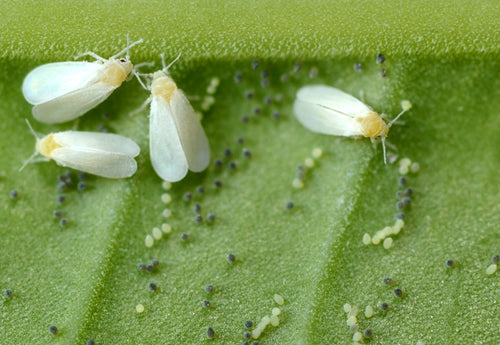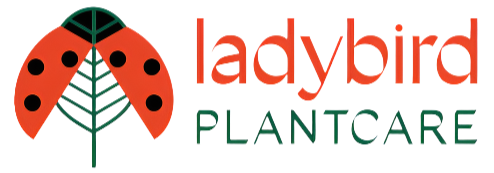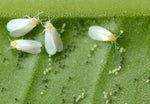
Whitefly Control - Encarsia
£14.00
Unit price perNB This predator is only active at temperatures in excess of 18-20°C
The most effective treatment for whitefly is the parasite "Encarsia". It is supplied on small cards which can be hung up around your plants. You can read the instructions for this product HERE.
The smallest packs (5 & 10 cards) are only available March to mid September. Biological controls are not always kept in stock, they are ordered in fresh. This can sometimes lead to a time lag between when you place the order and when it is despatched. Order by 10am Monday for same week despatch.
Glasshouse whitefly are small white flying insects which lay eggs on the undersides of leaves. Whiteflies suck sap from their host plant and drop sticky secretions onto leaves below. Left uncontrolled they will overwhelm the plant, weakening it and flying around in huge numbers. Undersides of leaves become populated with Whiteflies adults and white eggs (scales).
Whitefly are fairly inactive in cool temperatures over Winter, but multiply very quickly in warm Spring and Summer weather. They fly about at the slightest disturbance, like tiny moths, and may even create ghostly white clouds in the air.
Instructions for use
Encarsia works best with temperatures above 21°C but prefer cool glasshouse conditions below 25°C with 12hr+ daylight hours. Generally, this means introducing Encarsia from mid March to August, although it can be earlier or later with extra heat and light.
Hang cards on lower branches so that they may be in a slightly shady position.
5 cards should give good control for an average conservatory or small greenhouse. If you have a longstanding battle with whitefly follow up the initial treatment with a second introduction one weeks later. If you have a low lever of whitefly or are using Encarsia as a preventative method then application can be every 2 weeks.
Identifying Whitefly
Remember whiteflies are nearly always moving. If you see white threads static on tops of the leaves, they are not whitefly but something else - very likely to be shed aphid skins dropped down from developing Aphid under leaves above. Or they could be thrips larvae. They are not "whitefly" unless body and wings are a ghostly white.
The glasshouse whitefly (Trialeurodes vaporariorum)is the most common. You can recognise them by their heart-shape profile when looked from above. Tobacco whitefly (Bemisia tabaci) have parallel wings which are longer, and when folded you can still see a strip of their back between the wings. There are up to 50 different species of whitefly in Europe, but from a gardeners point of view they are all plant pests.
Although Encarsia is very effective for the common glasshouse whitefly, it doesn't work so well for tobacco whitefly. It's therefore worth trying to identify what whitefly you have before treating. If you need any help identifying the whitefly you have then please don't hesitate to contact us.


